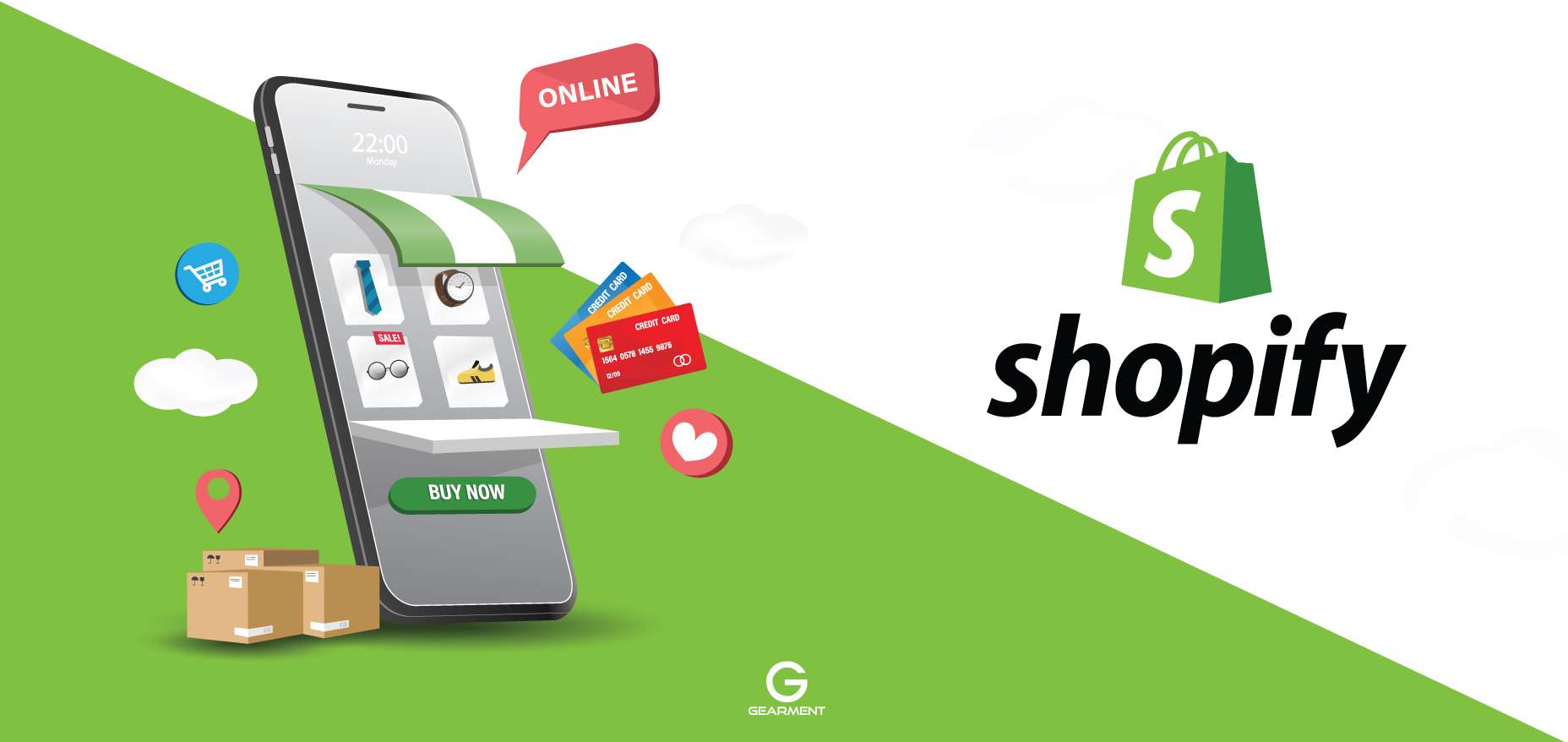Introduction: In the ever-evolving world of e-commerce, launching a successful online store requires the right tools and strategies. Among the many platforms available, Shopify stands out as a powerful and user-friendly option for both beginners and experienced entrepreneurs. This guide will walk you through the essential steps to kickstart your online store using Shopify, ensuring that you have all the information you need to succeed.
1. Why Choose Shopify: Shopify has earned its reputation as one of the leading e-commerce platforms for a reason. Its intuitive interface, customizable themes, and robust features make it an excellent choice for both small businesses and established brands. From setting up your store to managing inventory and processing payments, Shopify provides a comprehensive solution that streamlines the entire process.
2. Getting Started: Before you dive into setting up your Shopify store, take some time to define your niche, target audience, and business goals. This clarity will guide your decisions throughout the process and help you create a store that resonates with your customers. Once you have a clear direction, follow these steps:
a. Sign Up and Choose a Plan: Visit the Shopify website and sign up for an account. Shopify offers different pricing plans to cater to various business sizes and needs. Choose a plan that aligns with your budget and requirements.
b. Selecting a Domain Name: Your domain name is your online store’s address. Choose a name that reflects your brand and is easy to remember. You can either purchase a new domain through Shopify or connect an existing domain.
3. Designing Your Store: Shopify offers a variety of professionally designed themes that you can customize to match your brand identity. When choosing a theme, consider factors like responsiveness, user experience, and the features that come with it.
a. Customizing Your Theme: Once you’ve selected a theme, use Shopify’s built-in customization tools to adjust colors, fonts, layouts, and more. Make sure your store’s design is visually appealing and user-friendly across different devices.
b. Adding Products: Carefully create product listings that include high-quality images, detailed descriptions, and accurate pricing. Organize your products into relevant categories to help customers navigate your store with ease.
4. Enhancing Functionality: Shopify provides a wide range of apps and integrations to extend your store’s functionality. From email marketing and social media integration to SEO optimization and live chat support, explore the Shopify App Store to find tools that suit your business needs.
5. Setting Up Payments and Shipping: Provide multiple payment options for your customers, including credit/debit cards, PayPal, and other regional payment gateways. Set up shipping options based on your target market and the products you’re selling. Offering transparent shipping costs and delivery times will enhance the customer experience.
6. Launching Your Store: Before you officially launch your store, thoroughly test all aspects, from the checkout process to product browsing. Create engaging content for your homepage, about page, and any other relevant sections. Ensure that your store is SEO optimized to improve its visibility in search engines.
7. Marketing and Growing Your Store: After launch, focus on driving traffic to your store and converting visitors into customers:
a. Social Media and Content Marketing: Utilize platforms like Instagram, Facebook, and TikTok to showcase your products through visuals and engaging content. Maintain a blog to share valuable insights and connect with your audience.
b. Email Marketing: Build an email list and send regular newsletters to keep your customers informed about new products, promotions, and updates.
c. Paid Advertising: Consider running paid ads on platforms like Google Ads and Facebook Ads to reach a broader audience.
d. Customer Engagement: Offer exceptional customer support through live chat, email, or phone. Engage with customers on social media and respond promptly to their inquiries.
Conclusion: Shopify empowers entrepreneurs to create and manage successful online stores with ease. By following this comprehensive guide, you’ll be well on your way to setting up a visually appealing, functional, and customer-focused online store that has the potential to thrive in the competitive world of e-commerce. Remember, building a successful online business takes time, dedication, and continuous efforts to adapt and improve. Good luck on your Shopify journey!





